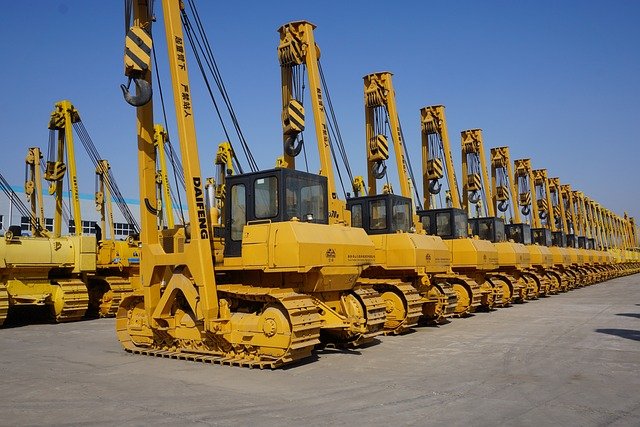Driving Growth Through Vertical Integration: A Comprehensive Overview
Businesses in the industrial sector continuously seek strategies that can enhance their operational efficiency and drive growth. One such strategy that has not been extensively explored is vertical integration. This article provides a comprehensive overview of vertical integration, its impact, benefits, and challenges.

Background on Vertical Integration
Vertical integration is a business strategy where a company takes over multiple stages of its product’s supply chain. The strategy can take two forms: backward integration, where a company controls sources of raw materials, and forward integration, where a company controls the distribution of its products. Vertical integration was prevalent in the early 20th century, with Henry Ford’s automobile production line being a prime example.
Current Trends and Insights
Today, vertical integration is resurging as companies seek to reduce costs, increase efficiency, and gain a competitive edge. Tech giants like Apple and Tesla have adopted vertical integration, controlling everything from component manufacturing to retail stores. In addition, the strategy is increasingly used in renewable energy sectors, with companies integrating to control everything from raw material sourcing to energy production and distribution.
Impact, Benefits, and Challenges
Vertical integration can have a profound impact on a business’s operations. It can reduce costs by eliminating the need for intermediaries, improve product quality by allowing for greater control over production processes, and secure supply chains against market fluctuations. However, it also presents challenges. Implementing vertical integration requires significant investment and can increase the risk of business failure if one part of the supply chain underperforms.
Practical Applications
Despite its challenges, vertical integration can offer substantial benefits when applied correctly. Businesses can start by identifying areas in their supply chain that could benefit from increased control. They can then gradually integrate these areas, assessing the impact on cost, quality, and supply chain security periodically.
Practical Business Insights
-
Vertical integration can reduce costs by eliminating intermediaries and improving efficiency.
-
It can improve product quality and consistency by allowing businesses to control every aspect of the production process.
-
Vertical integration can secure the supply chain against market fluctuations by controlling the sourcing of raw materials and the distribution of products.
-
Implementing vertical integration requires significant investment and careful planning to minimize risks.
In conclusion, vertical integration is a powerful strategy that businesses in the industrial sector can leverage to enhance operational efficiency and drive growth. While it presents its own set of challenges, the benefits it offers in terms of cost reduction, improved product quality, and supply chain security make it a strategy worth considering. As businesses continue to seek ways to innovate and stay competitive, vertical integration is likely to play an increasingly important role in the industrial sector.




